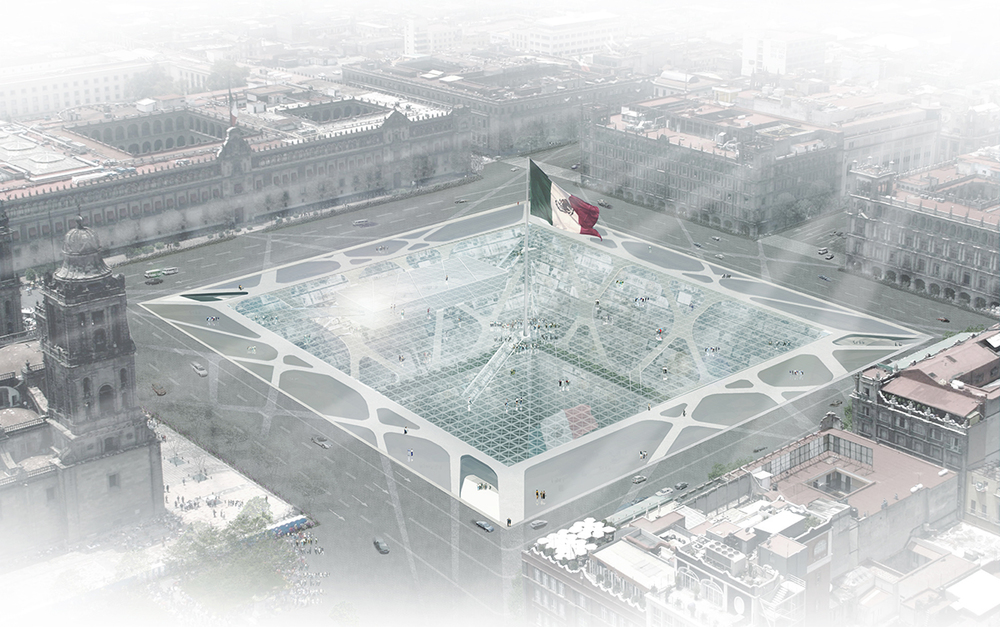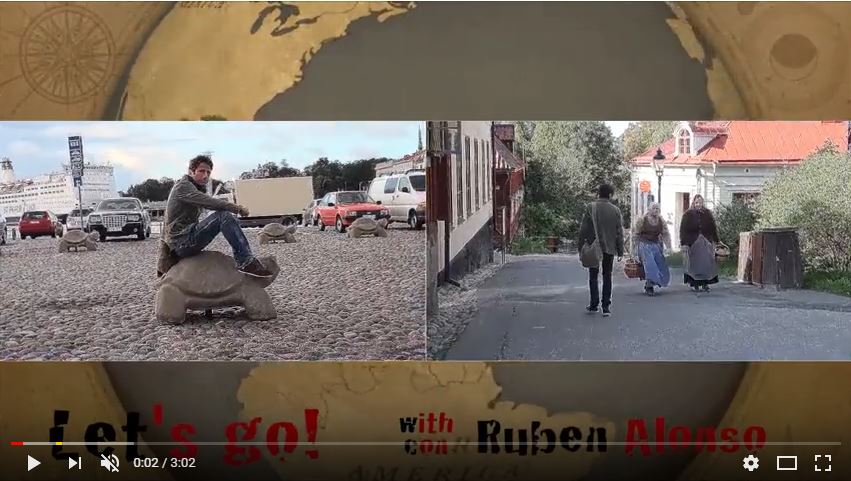Underground cities: a solution for overpopulation
According to United Nations studies for 2050, 66% of the population will reside in urban areas due to two aspects: the persistent preference of people to move from rural to urban areas and the growth of the population during the next 35 years. These two factors, among others, are beginning to be taken very seriously at the urban level in order to manage the exponential growth of the cities that goes by expanding their housing resources in underground cities.
Almost 90% of the urban growth will occur in Asia and Africa and that is where the first initiatives to solve the problem are emerging, and it is beginning to look towards “underground” for the creation of cities. Until now the solutions went through skyscrapers but, why not the underground?
Expert architects this question of the construction of large buildings that grow downwards in those overpopulated cities, which due to their location can not grow any more.
Currently there are already some examples of cities underground.
México
In Mexico, a so-called “Rascasuelos” is already being designed, which will be extended under Mexico City and it will have 65 levels with housing, shops and offices. Although it is currently in the study phase, the BNKR architecture studio has been responsible for its design, in the form of an inverted pyramid, to ensure sunlight throughout its entire length of 300 meters underground.
It is estimated that thousands of people could live in the rascasuelos, below the 57 thousand square meters (240 x 240 meters) of the Zócalo, the main square of Mexico City.

The Earthscraper by BNKR
Singapore
In an area of 710 km2 with more than 5 million inhabitants, it is not possible to grow more. Although there are still no houses built underground, it already has large storage spaces several meters deep that can serve as an example.
For now, the Underground City of Science is being designed, which covers some 300,000 m2 of scientific facilities and which aims to house some 4,200 workers at a depth of between 30 and 80 meters deep.
Beijing
Currently in Beijing there are already people living underground. It is estimated that close to 1 million people live underground in the Chinese capital, where a network of anti-aircraft shelters converted into housing is hidden due to demand and high market prices.
The flight from rural areas to large cities has led to this new housing system that, in most cases, does not comply with sufficient measures to ensure minimum conditions of habitability.
Helsinki
Beneath the city of Helsinki lies another world. And in the Finnish capital is better to stay underground than on the surface supporting their -20 degrees in winter. Eija Kivilaakso, an urban planner who collaborated in the design of underground spaces, states that “there are so many underground tunnels that it can be difficult to build more”.
The granite subsoil of Helsinki has enabled almost 10 million cubic meters of space, such as shopping centers, running tracks and swimming pools, to be built underground. The first 30 meters under the surfaces are full, in order to build more they should dig much deeper.


